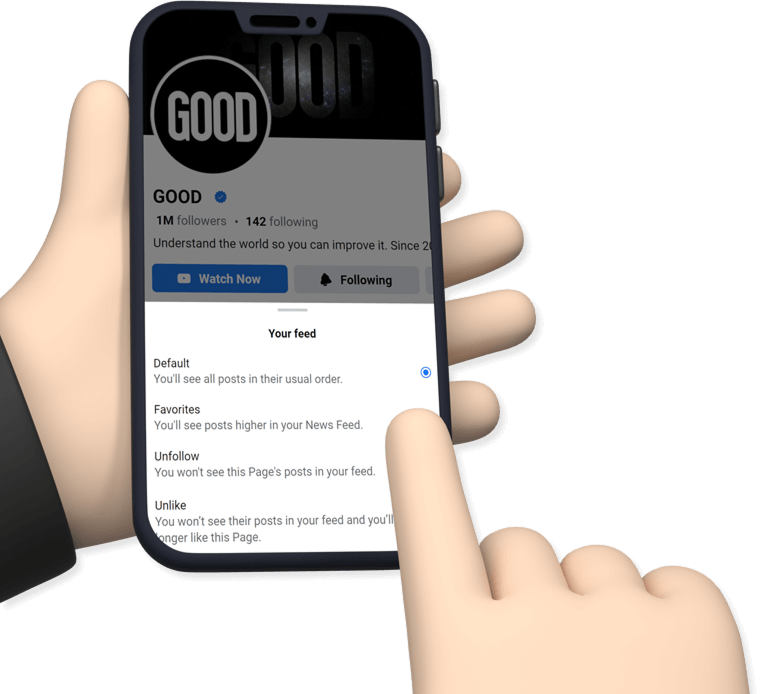People are seriously divided over whether these plates and bowls are upside down or not
Once it hits you, you can't unsee the optical illusion.
By Tod PerryOct 08, 2020
Facebook is critical to our success and we could use your help. It will only take a few clicks on your device. But it would mean the world to us.

Here’s the link . Once there, hit the Follow button. Hit the Follow button again and choose Favorites. That’s it!


